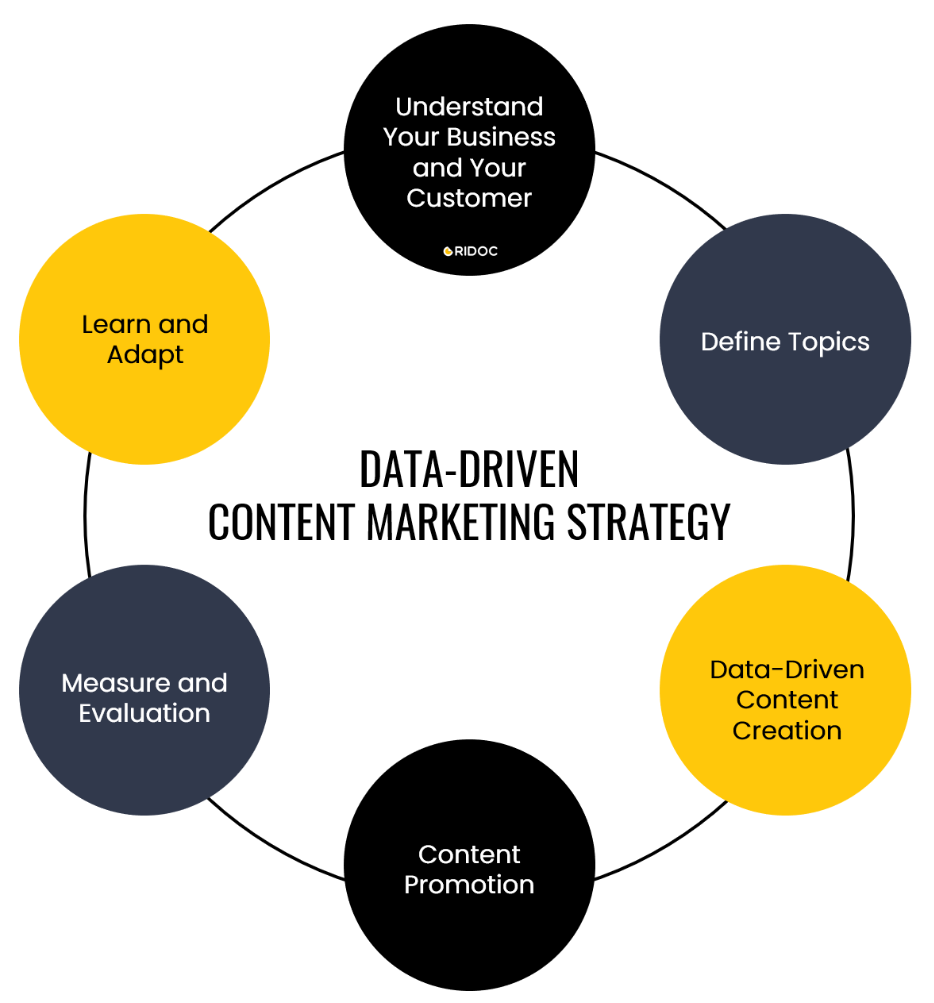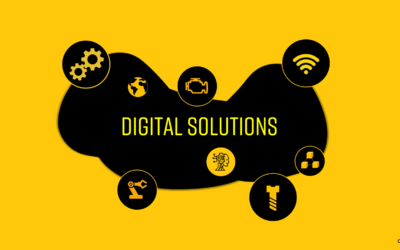According to CBS, in the second quarter of 2020, online sales in the Netherlands increased by 55% as people stayed home due to COVID-19 pandemic. The competition in the online business is more severe than ever before as more and more traditional businesses are rapidly adapting to online sales.
Shifting from conventional sales from online sales can lack in the personal touch. For example, when a customer is visiting a store, the shop owner can get to know the customer more personally and help them in buying the right product. When it comes to online sales adding a personal touch or connecting your client whom you have never met becomes extremely difficult. That’s why digital marketers are faced with challenges such:
- Learning how to greet potential customers more humanly in the digital environment
- Learning how to engage with customer genuinely
- Learning to create a rapport with a new customer to encourage repetitive buying
A solid data-driven content marketing can be the solution to all of these challenges, only if there are a right framework and strategy in place. A data-driven content marketing strategy can be more effective, allowing marketers to achieve ROI in a shorter time by applying the right contents.

Understand Your Business and Your Customer
It is crucial to ask a few simple questions to understand the nature of your business and prospective customers. Irrespective of whether the business is established for several years or about to start, it is advised to reflect time to time by answering the following questions:
- What is the personality of your business?
- What is the demographic of your customers?
- What is the brand value of your product or services?
- What are the unique selling points of your product or services?
- What is the conversion rate of your prospective customers?
Answering these questions may require some homework, and solid research, before moving into the next step in developing a data-driven strategy. At Oridoc, we have helped several companies and entrepreneurs in finding these crucial answers through audit and research. If your business requires support, just get in touch with us via the contact form or just simply give us a call. We will get in touch with you at lightning speed.
Define Topics
Once the solid research has been done, it will work as the base for defining topic and themes for the contents. This step is crucial is what the ultimate goal behind your content strategy is. Defining the right content and theme will ensure driving leads, sales increase, revenue, and generate brand loyalty. Having a defined topic will ensure that the content convincing, consistent and of high quality. Brainstorming on the right topic and defining the right theme will pave the way for the future success of your business. Small businesses should use the following available data and methods to define the topics
- Competitors Content Analysis
- Keywords Analysis
- Content Performance (by use of analytics)
- Monitoring Trendy Topics relevant to your business (google trends, hashtags, trending topics on social media)
Use of available data can provide answers to all these questions and will help the content being part of the customer journey, helping prospects to move along the sale funnel and provide more humanly experience in a digital environment.
Data-Driven Content Creation
Branding and Consistency are one of the key elements when it comes to creating contents. When these key elements are combined with data derived from a different platform, digital marketers can evaluate information such as purchasing patterns, in-store visits, and local-based information to identify topics and areas of interest for the prospective customers. Online businesses need to apply broadly lessons learned through data analysis of ongoing content marketing strategy. Data and analytics should only inspire for future creation, shouldn’t drive or change the entire strategy.
Any content must be searchable, snackable, and shareable
Content Promotion
When it comes to content promotion, there is a 3S principle. Any content must be searchable, snackable, and shareable. This will help to build a community of followers, leads and prospective customers. In the content creation process, the right platform and channel needed to be identified before it’s released. The right content for the right channel matters as much as your product and services.
There are also some indirect methods of promoting contents, such as
- Comment marketing
- Influencer marketing
- Guest posting
- PR agency
- Paid promotion
- Email Marketing
Measure and Evaluation
Creativity can be unlocked once it is clear which content works and which doesn’t. It’s all made possible these days through power analytics. Measure, learning from ongoing contents is the step towards narrowing down the focus to channel-specific interactions. The most useful settings for tracking your content performance include:
- Blog visits
- Time on the page
- Rebound rate
- Number of comments
- Number of likes
- Number of shares
- Incoming links
- Number of leads generated
- Number of conversions
Ability to collect and analyze data, content marketing becomes more and more analytical. This will differentiate the business from AI-driven robots and make it more humanly. It’s vital to know from the beginning that the overall data-driven content marketing strategy requires constant tweaking and learning. With the right amount of analytics and creativity will result in smarter content to which content customers to business more humanly with a personal touch.







0 Comments